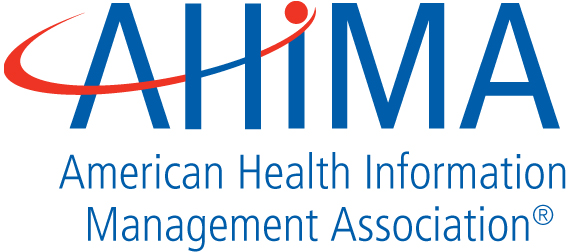AHIMA 2013 Conference Takeaways: Mobility is Top-of-Mind for Healthcare IT
One of the key takeaways from last week’s AHIMA Conference in Atlanta was the focus on mobility and instant communication in healthcare. CIOs and other IT professionals are thinking deeply about the movement of data, especially protected health information (PHI) and how to provide clinicians with the access to information they need, wherever and whenever they need it, while remaining compliant with security and industry regulations.

Returning from the show on Halloween has me thinking about some of the scary reaities facing healthcare organizations today. For example, doctors are using native SMS text messaging to communicate and collaborate with colleagues, leaving protected health information (PHI) unencrypted and potentially vulnerable.
This is just one of the many scenarios and anecdotes shared during the AHIMA Conference highlighting the challenges around mobility in healthcare from both a macro- and micro-level perspective.
From a macro perspective, compiling “big data” for the understanding of population health is one spectrum of data movement needs. Harnessing this data has potentially significant financial impact to the healthcare industry and is vital to successful, sustainable reform.
But small data cannot be overlooked. For instance, data about the individual patient that a clinician wants to share with colleagues for their input and opinion. Moving that data from one device and recipient to the next can be essential to delivering high-impact but low-cost patient care. But how can this be done efficiently and securely?
Further, ensuring that this data remains up-to-date and accessible when it is needed and with rich, relevant and nuanced content is an additional challenge and different from simply aggregating data to identify trends.
It is clear from the sessions and my conversations at the AHIMA Conference that both are top-of-mind for healthcare IT leadership, and there is high demand for technologies that address both. As we move toward 2014, it will be interesting to see how the healthcare IT industry responds.
